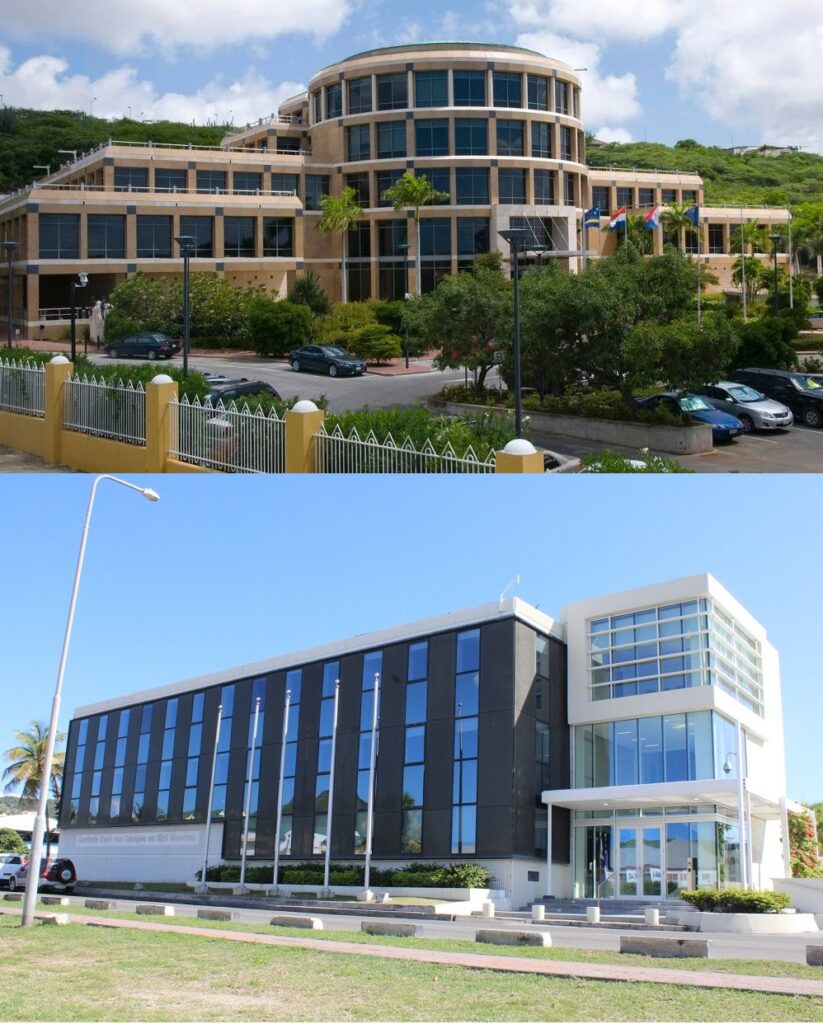Central Bank announces introduction of Caribbean Guilder in 2021

~ A StMaartenNews.com review of the 2020 Budget of the Central Bank of Curacao & St. Maarten ~
PHILIPSBURG – If it is up to the Central Bank of Curacao and St. Maarten, then the Antillean guilders will disappear in 2021 and be replaced by the Caribbean guilder. The bank wants to introduce the new currency in the first half of next year, according to a publication about the bank's 2020 budget.
###
This is a Premium Article. You will have to purchase an INSIDER Subscription plan for $99 US Dollars to be able to access this Premium Article and continue reading. If you already have a Yearly Subscription, will have to upgrade to the INSIDER Subscription plan in order to be able to read this article in its entirety. SPECIAL OFFER: If you buy or upgrade to an INSIDER Subscription plan, you will not only get access to this review article about the 2020 budget of the Central Bank of Curacao & St. Maarten, but you will also receive a free copy of the book 'The Constitution of Sint Maarten - When it is time to vote' by Hensley Plantijn. Click here to purchase an INSIDER Subscription now...
SPECIAL OFFER: If you buy or upgrade to an INSIDER Subscription plan, you will not only get access to this review article about the 2020 budget of the Central Bank of Curacao & St. Maarten, but you will also receive a free copy of the book 'The Constitution of Sint Maarten - When it is time to vote' by Hensley Plantijn. Click here to purchase an INSIDER Subscription now...


























